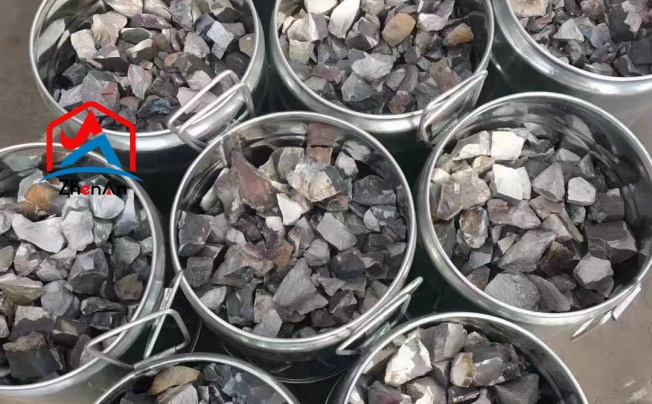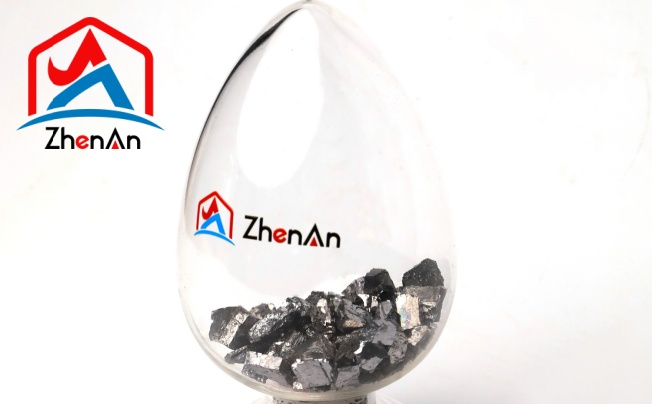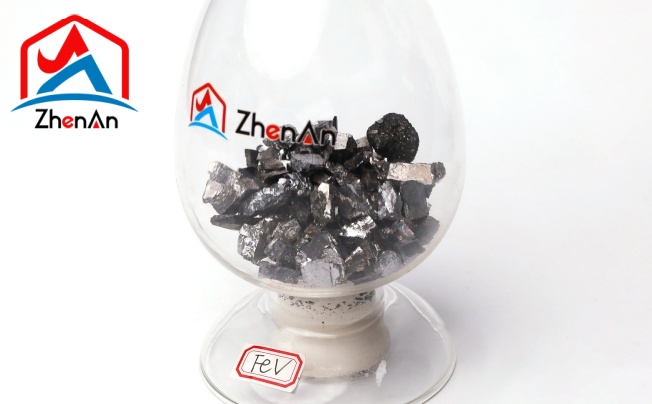What is silicon carbide powder?
Micropowder silicon carbide is unfamiliar to many individuals. They don’t even know what it is, let alone what it does or its primary application fields; they have only heard of it. Let’s examine it broadly first.
The powdered silicon carbide is highly hard, green in color, and has a crystal structure. In microscopic form, it is a hexagonal crystal with high cutting ability, stable chemical characteristics, and rather good thermal conductivity. The silicon carbide used in abrasives has an accumulation degree of 1.2–1.6 g/mm3. 3.20 to 3.25 is the specific gravity.
Micro powder silicon carbide is mostly 1200# and 1500#. mostly employed in the manufacturing of abrasives. As a result, there are standards for the quality of black and green silicon carbide powder as well as the classification of silicon carbide powder. Specifically, the presence of big particles in the silicon carbide powder is prohibited since they will negatively impact the abrasive manufacturing quality.
Between corundum and diamond, silicon carbide has a comparatively high hardness. In abrasive applications, it comes in second only to boron carbide and diamond. All things considered, these benefits of silicon carbide powder have demonstrated how wide-ranging silicon carbide’s development area is in the abrasives sector.
The primary application for silicon carbide micro powder is in the abrasive sector. Nonetheless, it is important to keep in mind that the micro powder cannot contain larger particles during manufacture, since this will have an impact on how well it works. The only way to maximize the product’s influence is to have a general awareness of it.
The difference between black silicon carbide and green silicon carbide
Black and green silicon carbide are two types of silicon carbide that are both part of the α-SiC compound family. While the raw materials and manufacturing techniques differ, green and black silicon carbide are identical. In comparison to black silicon carbide, green silicon carbide is more pure and harder. It is also transparent green. Approximately 98.5% of black silicon carbide is SiC, and it is more durable than green silicon carbide. Products with low tensile strength, such as cast iron, glass, ceramics, stone, and refractory materials, are primarily produced using it. Green silicon carbide has good self-sharpening capabilities and a SiC content of over 99%. The majority of its applications are in the manufacturing of optical glass, titanium alloys, and cemented carbide, among other goods.
- Green silicon carbide’s chemical coefficient: This material has strong wear resistance, a low thermal expansion coefficient, high thermal conductivity, and stable chemical characteristics. It can be utilized to create sophisticated refractory materials in addition to abrasives. It has a good strength-to-weight ratio. good impact on energy conservation.
- Copper, brass, aluminum, gemstones, optical glass, ceramics, and other hard alloys, and metals, as well as hard and brittle non-metallic materials, can all be ground using green silicon carbide. Ceramic materials can also benefit from the use of green silicon carbide. Black silicon carbide has a high purity and can be used to make abrasive tools and refractory materials. High-quality silica, petroleum coke, and quartz sand are the primary raw materials used in the high-temperature smelting process to create black silicon carbide. It is brittle and sharp, with a hardness halfway between corundum and diamond and a mechanical strength greater than corundum.
Airflow grinding process of black silicon carbide powder
The black silicon carbide powder is ground using the principle of airflow pulverization, which involves using high-speed airflow to crush the particles through collision, friction, and shearing between the particles or between the particles and the target. What, then, is the black silicon carbide powder jet pulverization process?
Causes of black silicon carbide powder adhering to slag include: It is evident from the relationship between the recorded slag viscosity and temperature drop that the viscosity increases with decreasing temperature. There is a clear inflection point in the viscosity change of black silicon carbide powder when the temperature falls below the critical point. The slag becomes an unstable or typical alkaline short slag at this phase, losing its fluidity. When the temperature drops to a particular point, the viscosity abruptly and dramatically increases, and the solidification process is initiated. In the high-temperature region, the viscosity only increases somewhat when the temperature drops. There is a limited temperature range. Because of the high crystallization capabilities of alkaline slag, a significant amount of crystals still precipitate as the temperature approaches the liquidus. When the slag becomes heterogeneous, the viscosity increases quickly, leading to an increase in the slag-hanging phenomena.
Varying refining techniques result in varying compositions of slag. Similar minerals are formed by solidification in this multi-component slag body. These minerals crystallize and solidify easily and they have high melting points. Local or large-scale temperature variations in the liquid slag pool can affect downgrading criteria. It crystallizes and solidifies instantly when the mineral phase crystallization critical point is achieved. The viscosity rises, becomes less fluid, and sticks to the ladle’s lining. The ladle’s temperature decreases to its greatest point once the pouring process is over. The aforementioned slag sticking process proceeds most quickly, and more high melting point mineral phases are produced the longer the temperature drop period. The higher the likelihood of slag adhering. Characteristics of the airflow grinding method for black silicon carbide micro powder:
The black silicon carbide powder will be produced at a high speed by the high-speed airflow, and because of the high particle impact intensity, ultra-fine powder at the micron or even sub-micron level can be obtained.
The product is quite pure and doesn’t pollute much.
The final product features high particle dispersion, a smooth particle morphology, and a narrow particle size distribution.
Applications of black silicon carbide powder
- Abrasives: Metals, ceramics, stones, and composite materials can all be polished, ground, and cut using black silicon carbide powder as an abrasive material. It is well-known for being wear-resistant, durable, and capable of shattering into jagged splinters.
- Refractories: The manufacture of refractory materials, which are heat-resistant substances used in high-temperature applications, requires the usage of black silicon carbide powder. With its capacity to conduct heat, maintain chemical stability, and withstand wear, it is a good fit for refractory applications and furnace parts.
- Metallurgy: Metal-matrix composites are made using black silicon carbide powder, among other metallurgical uses. When utilized as a reinforcing material, it can improve the metal’s strength and resistance to wear.
- Ceramics: specialty refractories and kiln furnishings are constructed using black silicon carbide powder. It gives ceramic components great strength, hardness, and thermal conductivity.
- Sandblasting: An abrasive substance used in sandblasting applications is black silicon carbide powder. It is appropriate for sandblasting nozzles and other sandblasting equipment because of its exceptional resistance to wear, chemicals, and corrosion.
- Polishing and lapping: When a superior surface finish is required, black silicon carbide powder is employed in the polishing and lapping processes. It works well on a variety of surfaces, such as glass, ceramics, and metals.
- Non-slip and anti-skid applications: Non-slip coatings for floors, stairs, and other surfaces are examples of non-slip and anti-skid applications that use black silicon carbide powder. Its rough and pointy qualities give it traction and lessen the chance of slips and falls.







